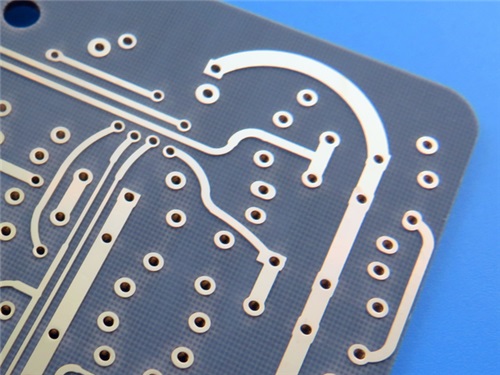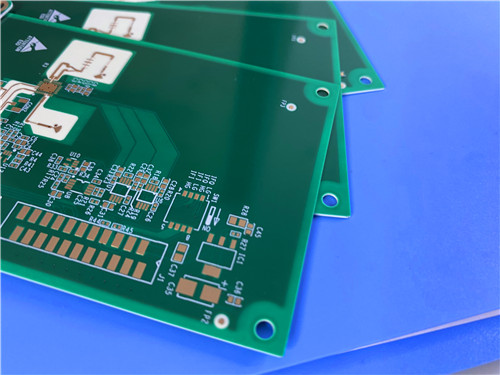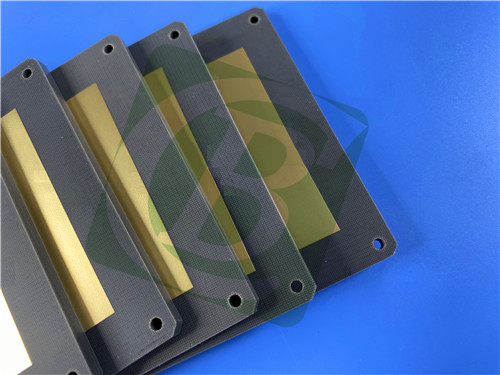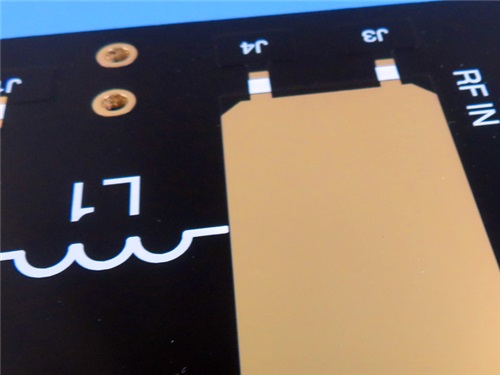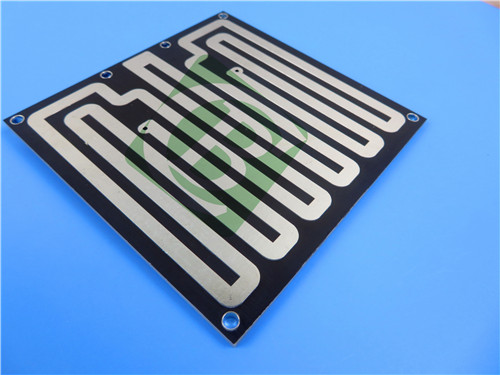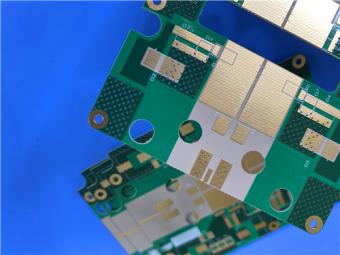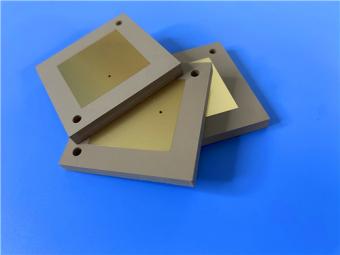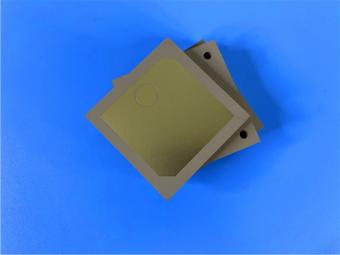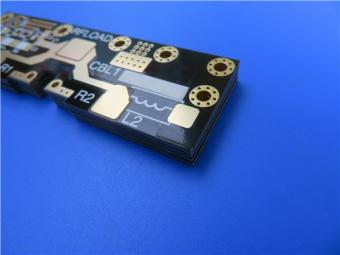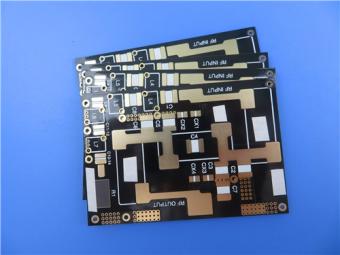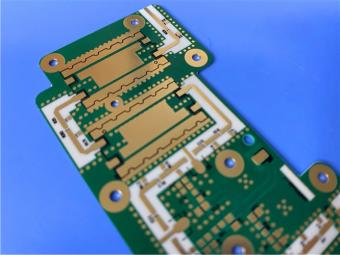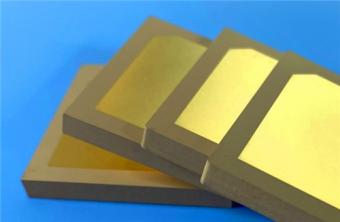High-Frequency PCB Industry Sees Explosive Growth Driven by 5G and Satellite Internet
High-Frequency PCB Industry Sees Explosive Growth Driven by 5G and Satellite Internet The global digital transformation is accelerating, and high-frequency printed circuit boards (PCBs), serving as the core carriers for wireless communication, high-speed transmission, and signal processing, have become one of the most dynamic growth areas in the electronics information industry. With the comprehensive commercialization of 5G, large-scale deployment of low-earth orbit (LEO) satellite internet constellations, and the proliferation of automotive millimeter-wave radar, the demand for high-frequency, low-loss, and high-reliability PCBs is growing exponentially. This trend is also driving rapid iterations in upstream materials, processes, and manufacturing technologies. 5G-Advanced and 6G R&D Drive Upgrades in High-Frequency Materials The construction of 5G networks is transitioning from widespread coverage to precise optimization and performance enhancement. 5G-Advanced technology is further upgrading base station antennas and radio frequency front-ends. The continuous increase in Massive MIMO antenna channels demands higher integration, better heat dissipation, and improved signal integrity from base station PCBs. Meanwhile, 6G research and development has commenced globally, with the terahertz (THz) frequency band becoming a key focus. This implies thathigh-frequency PCBsmust evolve toward higher frequency bands and lower transmission losses. In response to this trend, traditional hydrocarbon and PTFE (polytetrafluoroethylene) substrates can no longer fully meet future requirements. Ceramic-filled modified PTFE composite materials, with their adjustable dielectric properties, stable temperature coefficients, and excellent high-frequency characteristics, are gradually becoming the industry’s mainstream choice. For example, the F4BTME series high-frequency laminates achieve a stable dielectric constant (Dk) of 3.2±0.06 and a loss factor (Df) as low as 0.002 at 10GHz through a scientific formulation of nano-ceramic fillers and PTFE. Its Z-axis coefficient of thermal expansion (CTE) is as low as 58 ppm/°C, significantly improving the reliability of metallized hole interconnections, making it highly suitable for high-frequency multilayer board structures. LEO Satellite Constellation Development Fuels Demand for Aerospace-Grade High-Frequency PCBs Companies such as SpaceX, OneWeb, and China SatNet are fiercely competing in the LEO satellite internet sector. Plans to manufacture tens of thousands of satellites are creating a massive incremental market for high-frequency PCBs. Satellite communication payloads and phased array antennas need to operate in high-frequency bands such as Ka and Ku, requiring PCB materials with extremely low loss, excellent passive intermodulation (PIM) performance, and resistance to radiation and extreme temperature variations. For aerospace applications, high-frequency PCB materials must maintain performance stability in vac...

 Call Us Now !
Tel : +86 755 27374946
Call Us Now !
Tel : +86 755 27374946
 Order Online Now !
Email : info@bichengpcb.com
Order Online Now !
Email : info@bichengpcb.com


